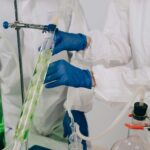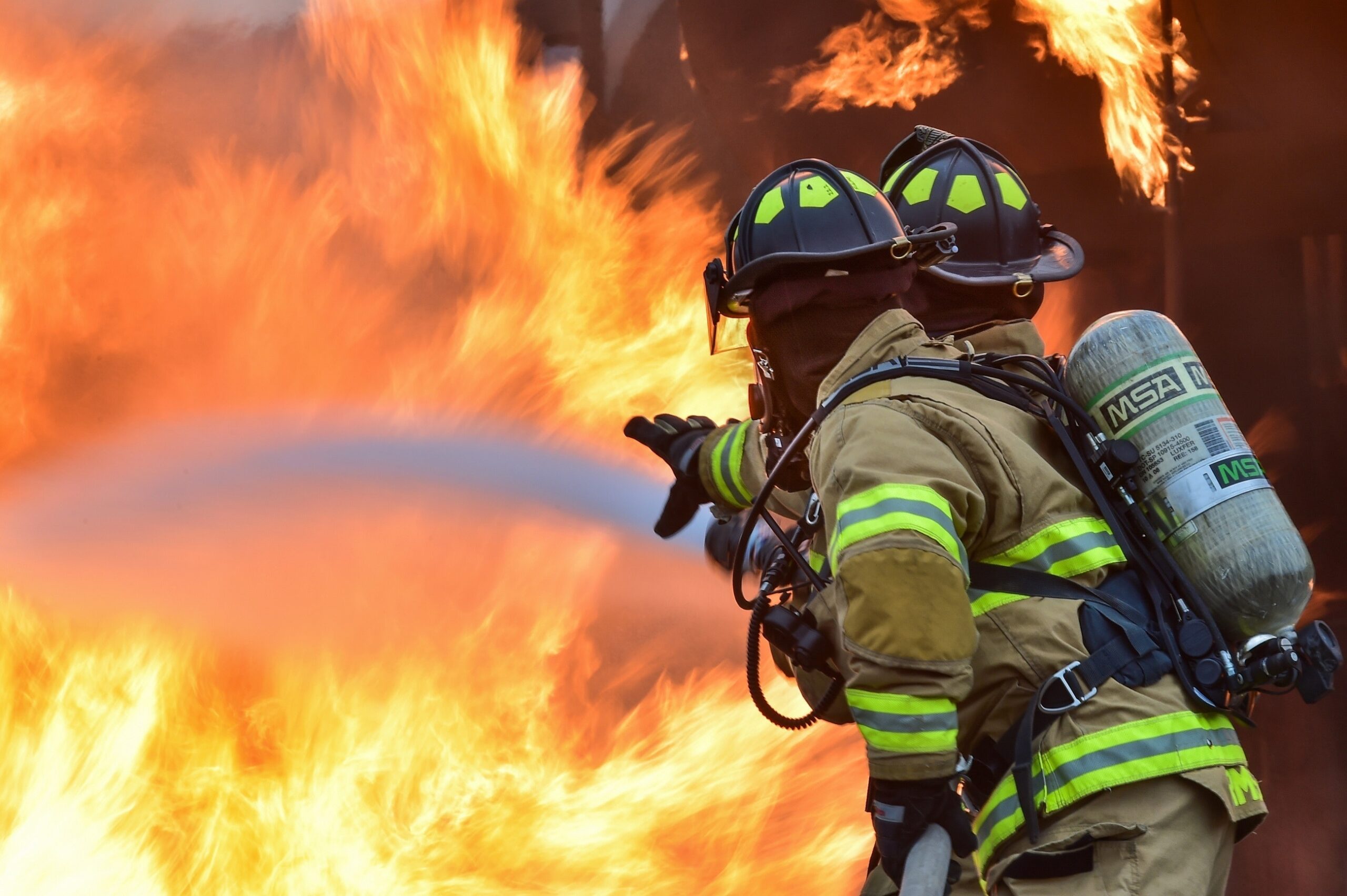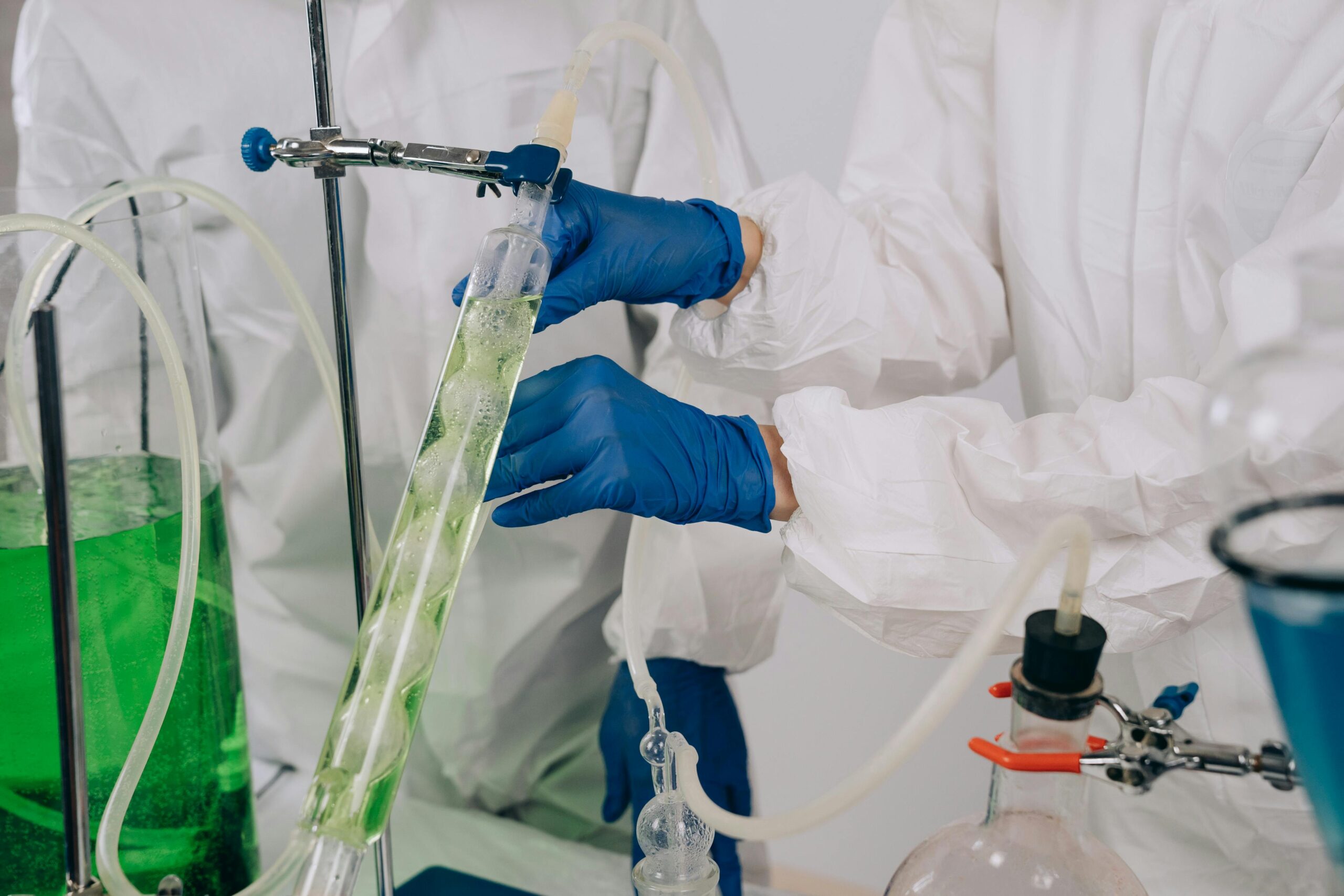Introduction
In the realm of chemical and process industries, safety is paramount. The management of process safety involves a multifaceted approach aimed at preventing accidents, minimizing risks, and ensuring the safe operation of industrial processes. To achieve this, various types of process safety measures are employed. In this article, we delve into the essential pillars of process safety that form the foundation for secure and sustainable industrial practices.
- Inherent Safety: Building Safety from the Ground Up
Inherent safety represents a proactive approach to safety. It advocates for designing processes and systems that are inherently safe from the very beginning. This means considering the use of less hazardous chemicals, reducing operating pressures and temperatures, and minimizing the reliance on toxic materials. By eliminating or reducing hazards at the design stage, inherent safety lays the groundwork for safer processes.
- Preventive Safety: Proactive Measures to Avert Disaster
Preventive safety measures are akin to a shield that guards against potential hazards. Regular equipment inspections, maintenance routines, safety training for personnel, and the implementation of safety procedures are crucial aspects. Preventive safety measures reduce the likelihood of accidents by identifying and addressing potential issues before they escalate.
- Mitigative Safety: Minimizing the Impact of Accidents
Accidents can still occur despite best efforts. Mitigative safety measures come into play by minimizing the consequences of these incidents. Emergency shutdown systems, fire suppression systems, pressure relief valves, and containment measures are examples of mitigative safety features. These measures aim to limit damage and protect both personnel and the environment during an accident.
- Detective Safety: Early Warning Systems
Detective safety measures are like sentinels, continuously monitoring for abnormal conditions. Sensors, alarms, and monitoring systems serve as the frontline detectors of potential issues. By providing early warnings of deviations from normal operation, detective safety measures empower operators to take corrective actions promptly, thus preventing incidents from spiraling out of control.
- Corrective Safety: Swift Action in Crisis
Corrective safety measures kick in when an incident occurs. They involve well-defined procedures for containing and mitigating incidents, such as emergency response plans, evacuation procedures, and measures for addressing equipment failures. Corrective safety is essential for minimizing the impact of accidents and facilitating a swift recovery.
- Procedural Safety: Structured Operations for Reliability
Procedural safety focuses on the development and implementation of safe operating procedures. This includes comprehensive hazard analysis like process hazard analysis (PHA) and hazard and operability studies (HAZOP). It ensures that personnel follow established protocols for startup, shutdown, and normal operation, minimizing the likelihood of accidents due to procedural errors.
- Behavioral Safety: Cultivating a Safety-Conscious Culture
Human factors often play a significant role in accidents. Behavioral safety measures emphasize the importance of personnel behavior and attitudes toward safety. Training programs, safety culture development, and fostering a safety-conscious work environment are key components. By addressing human factors, behavioral safety contributes to accident prevention.
- Asset Integrity: Keeping the Heart of Operations Beating
Asset integrity management focuses on the maintenance and reliability of equipment and infrastructure. Regular inspections, maintenance routines, and integrity assessments ensure that equipment remains in a safe and reliable condition. This safeguards against equipment failures that could lead to safety incidents.
- Emergency Response and Management: Preparedness for the Unforeseen
Robust emergency response plans and systems are critical. Personnel should be trained to respond effectively to emergencies, and coordination with local emergency services is vital. Regular drills and exercises ensure a well-coordinated and swift response in case of an incident, minimizing its impact.
Conclusion
Process safety is an intricate tapestry woven from various strands, each crucial in its own right. These pillars of process safety collectively form a comprehensive framework to safeguard personnel, protect the environment, and ensure the integrity of industrial processes. In today’s ever-evolving industrial landscape, embracing and reinforcing these safety measures is not only a responsibility but a commitment to a safer and more sustainable future.















